Home>Furniture>Kitchen Furniture>How Close Should Lighting Be Above Stove Burners
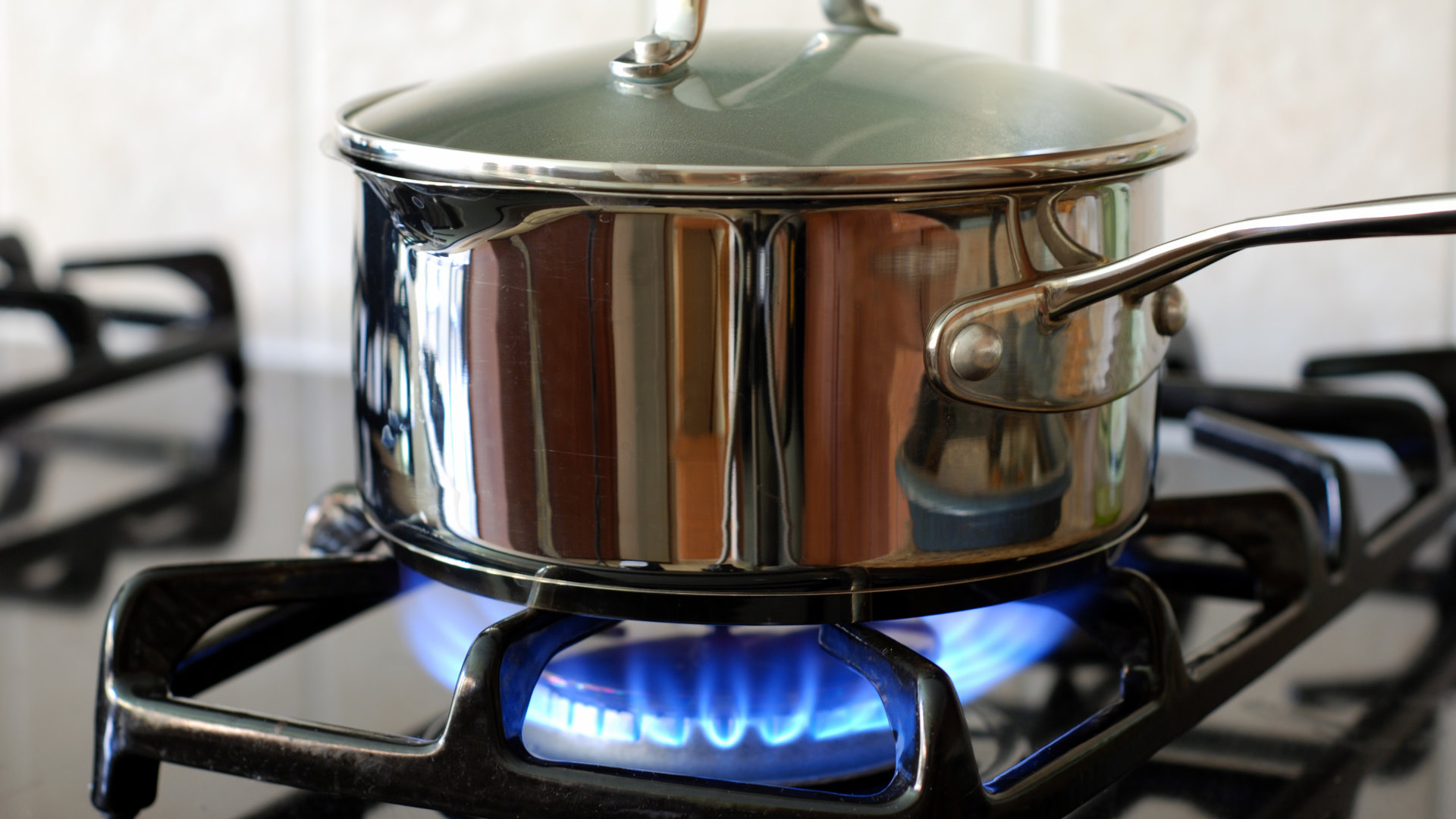

Kitchen Furniture
How Close Should Lighting Be Above Stove Burners
Modified: May 6, 2024
Discover the ideal distance for lighting above stove burners with this informative article. Find out how to ensure optimal safety and efficiency in your kitchen.
(Many of the links in this article redirect to a specific reviewed product. Your purchase of these products through affiliate links helps to generate commission for Storables.com, at no extra cost. Learn more)
Introduction
Proper lighting is an essential aspect of any kitchen design, and this includes the area above stove burners. When cooking, it’s crucial to have adequate lighting that illuminates the stovetop to ensure safety and convenience. However, determining the appropriate distance between the lighting fixture and the stove burners is a key factor in achieving optimal lighting conditions.
In this article, we will explore the importance of proper lighting above stove burners, the factors to consider when determining the distance between lighting and stove burners, the recommended distance for lighting placement, the effects of incorrect lighting placement, and safety precautions to keep in mind when installing lighting above stove burners.
Key Takeaways:
- Proper lighting above stove burners is crucial for safety, convenience, and aesthetics in the kitchen. Consider factors like heat, ceiling height, and lighting type to achieve optimal illumination.
- Prioritize safety when installing lighting above stove burners by following electrical codes, maintaining clearance, using heat-resistant materials, and considering LED lighting for a safer cooking environment.
Read more: How Far Above Cooktop Should Hood Be
Importance of Proper Lighting Above Stove Burners
Having proper lighting above stove burners is crucial for several reasons. Firstly, it enhances visibility, allowing you to see the cooking surface clearly. This is especially important when working with ingredients that require precise cooking times or when managing multiple pots and pans simultaneously. With adequate lighting, you can accurately monitor the progress of your dishes and ensure they are cooked to perfection.
Furthermore, proper lighting promotes safety in the kitchen. Clear visibility reduces the chances of accidents caused by misjudging the location of handles, controls, or hot surfaces. It also helps prevent burns and injuries that can occur when reaching for utensils or ingredients near the stovetop without adequate lighting.
Another benefit of optimal lighting above stove burners is the convenience it provides. When cooking, you may need to read recipes, measure ingredients, or perform other tasks that require good lighting conditions. The right amount of illumination reduces eye strain and makes it easier to perform these activities efficiently.
Moreover, proper lighting above stove burners enhances the overall aesthetics of your kitchen. It adds a touch of elegance and can highlight the beauty of your stovetop and surrounding kitchen elements. This can significantly enhance the visual appeal of your cooking space and create a more inviting atmosphere.
Overall, the importance of proper lighting above stove burners cannot be overstated. It improves visibility, enhances safety, provides convenience, and adds to the overall aesthetic appeal of your kitchen.
Factors to Consider when Determining the Distance between Lighting and Stove Burners
When determining the distance between lighting and stove burners, there are several important factors to consider. These factors will help you achieve the optimal balance between providing sufficient light and ensuring safety in your kitchen.
1. Heat and Ventilation: Stove burners produce heat, and it is important to consider this when determining the distance between lighting fixtures and the stovetop. Make sure that the lighting is installed at a safe distance to prevent heat damage to the fixture or any potential fire hazards. Additionally, ensure that the lighting fixture doesn’t obstruct the ventilation above the stove, as this can affect the airflow and may impact the performance of the stove. 2. Type of Lighting: Different types of lighting have different heat output levels. For example, incandescent bulbs tend to generate more heat compared to LED lights. Take this into consideration when selecting the lighting fixtures for above your stove burners. Opt for cooler light sources to reduce the risk of heat-related issues. 3. Ceiling Height: The height of your kitchen ceiling plays a role in determining the distance between the lighting fixtures and the stove burners. If you have a low ceiling, you may need to install recessed lighting or flush-mount fixtures to ensure there is enough space between the lighting and the burners. On the other hand, if you have a high ceiling, you may choose to install pendant lights or other hanging fixtures that allow for more flexibility in distance. 4. Lighting Angle and Direction: Consider the angle and direction of the lighting fixtures to ensure they provide adequate illumination to the stovetop. Adjustable fixtures or track lights can be beneficial as they allow you to direct the light exactly where it is needed. This helps to minimize shadows and ensure even lighting across the cooking surface. 5. Personal Preference: It’s important to take into account your personal preferences when determining the distance between lighting and stove burners. Some people prefer brighter lighting while others prefer a more subdued ambiance. Consider the overall design and functionality of your kitchen to decide the optimal level of lighting that suits your needs. By taking these factors into consideration, you can determine the appropriate distance between lighting fixtures and stove burners, ensuring both functionality and safety in your kitchen environment.
Recommended Distance for Lighting Above Stove Burners
When it comes to the recommended distance for lighting above stove burners, there is no one-size-fits-all answer. The ideal distance can vary depending on factors such as the type of lighting, the height of the ceiling, and personal preference. However, there are some general guidelines that can help you determine the appropriate distance:
1. Minimum Clearance: It is generally recommended to have a minimum clearance of 24-30 inches between the bottom of the lighting fixture and the stovetop. This will help prevent heat damage to the fixture while providing adequate illumination to the cooking surface. 2. Consider the Ceiling Height: If you have a standard ceiling height, about 8-9 feet, the minimum clearance guideline mentioned above usually works well. However, if you have a higher ceiling, you may need to adjust the distance accordingly. For every additional foot of ceiling height, you can consider adding an extra 3-6 inches of clearance. 3. Type of Lighting: The type of lighting you choose can also influence the recommended distance. LED lights tend to produce less heat compared to other light sources, so they can be installed slightly closer to the stovetop. On the other hand, if you opt for incandescent or halogen bulbs, it may be advisable to increase the clearance to avoid heat-related issues. 4. Lighting Angle and Direction: The angle and direction of the lighting fixtures can impact the distance recommendation. Adjustable fixtures or track lights allow you to direct the light precisely where it is needed. This can be beneficial in ensuring even lighting across the cooking surface and may allow for a slightly closer distance. 5. Personal Preference: Ultimately, personal preference plays a role in determining the distance. Some individuals may prefer brighter lighting, while others may prefer a softer, more ambient glow. Consider your own cooking habits and preferences when deciding the distance that best suits your needs. It’s important to note that these are general recommendations, and it’s always best to consult with a professional or follow the manufacturer’s guidelines for your specific lighting fixtures. By considering these factors and guidelines, you can determine the appropriate distance for lighting above your stove burners, ensuring optimal illumination and a safe cooking environment.
The recommended distance for lighting above stove burners is 24-30 inches to prevent heat damage and ensure proper illumination. Always follow manufacturer’s guidelines for specific appliances.
Effects of Incorrect Lighting Placement Above Stove Burners
Incorrect lighting placement above stove burners can have various negative effects on your kitchen environment. Here are some of the potential consequences:
1. Insufficient Lighting: Placing the lighting fixtures too far from the stove burners can result in insufficient lighting on the cooking surface. Inadequate lighting makes it difficult to see what you are cooking, increasing the risk of accidents and errors. It can also make it challenging to read recipes or measure ingredients accurately. 2. Shadows and Glare: Improper lighting placement can create shadows and glare on the stovetop. Shadows can obscure your view of the cooking surface, making it harder to monitor the progress of your dishes. Glare, on the other hand, can be distracting and even cause eye strain, making it uncomfortable to work in the kitchen. 3. Uneven Lighting: If the lighting fixtures are not properly positioned, you may experience uneven lighting across the cooking surface. Uneven lighting can make it difficult to determine the doneness of different areas of your food, leading to inconsistent cooking results. 4. Heat Damage: Placing lighting fixtures too close to the stove burners can result in heat damage. The intense heat produced by the burners can cause the lighting fixture to overheat, potentially leading to malfunction or even fire hazards. It is crucial to ensure that the lights are at a safe distance to avoid any heat-related issues. 5. Aesthetic Concerns: Incorrect lighting placement can also affect the overall aesthetics of your kitchen. Shadows, glare, or uneven lighting can make your kitchen appear unappealing and visually unbalanced. It may take away from the intended design and atmosphere you want to create in your cooking space. To avoid these negative effects, it is important to carefully consider the placement of your lighting fixtures above stove burners. Ensure that they provide adequate and even lighting, minimize shadows and glare, and are at a safe distance to avoid heat damage. This will not only enhance visibility and safety but also contribute to a pleasant and functional kitchen environment.
Read more: How Often Should You Clean The Stove Burners
Safety Precautions to Keep in Mind when Installing Lighting above Stove Burners
When installing lighting above stove burners, it is important to prioritize safety to prevent any potential hazards. Here are some key safety precautions to keep in mind:
1. Follow Electrical Codes: Ensure that all electrical work is done in compliance with local electrical codes. This includes using the appropriate wiring, connectors, and junction boxes. If you are unsure about any aspect of the electrical installation, it is recommended to consult with a licensed electrician. 2. Use Properly Rated Fixtures: Choose lighting fixtures that are specifically rated for use in kitchen environments and in close proximity to heat sources. Look for fixtures with high-temperature ratings or those specifically designed for over-the-range installation. This will help prevent heat-related damage and ensure the longevity of the lighting fixtures. 3. Maintain Adequate Clearance: Maintain the recommended distance between the lighting fixtures and the stove burners, as discussed earlier in this article. This will minimize the risk of heat damage to the fixtures and reduce the likelihood of any fire hazards. 4. Use Heat-Resistant Materials: Opt for lighting fixtures and materials that are heat-resistant and can withstand the proximity to the stove burners. Avoid using flammable or heat-sensitive materials that could be easily damaged or pose a fire risk. 5. Ensure Proper Ventilation: Ensure that the lighting fixtures do not obstruct the ventilation above the stovetop. Proper ventilation is crucial for removing cooking odors, excess heat, and preventing the buildup of grease. Obstructed ventilation can impact the performance of the stove and potentially cause safety issues. 6. Regular Maintenance: Regularly inspect and clean the lighting fixtures to ensure they are in good working condition. Remove any accumulated grease or debris that can pose a fire hazard. Also, periodically check the wiring, connections, and bulbs for any signs of damage or wear and replace them if necessary. 7. Consider LED Lighting: Consider using LED lighting as they are cooler in temperature and more energy-efficient. LED lights generate less heat compared to other types of bulbs, reducing the risk of heat-related issues and making them a safer option for installation above stove burners. Remember, safety should always be the top priority when installing lighting above stove burners. By following these safety precautions, you can minimize the risk of accidents, electrical problems, and fire hazards, ensuring a safe and enjoyable cooking experience in your kitchen.
Conclusion
Proper lighting above stove burners is essential for a safe and functional kitchen. It enhances visibility, promotes safety, improves convenience, and adds to the overall aesthetic appeal of the cooking space. When determining the distance between lighting fixtures and stove burners, factors such as heat and ventilation, ceiling height, lighting type, angle, and personal preference should be considered. Following the recommended guidelines, such as maintaining a minimum clearance, selecting appropriate lighting fixtures, and ensuring proper ventilation, will help achieve optimal lighting conditions.
Incorrect lighting placement above stove burners can have negative effects, including insufficient lighting, shadows, glare, uneven lighting, and potential heat damage. It is crucial to carefully position the lighting fixtures to prevent these issues and create a well-lit and visually appealing cooking environment. Additionally, it is important to prioritize safety by following electrical codes, using properly rated fixtures, maintaining adequate clearance, using heat-resistant materials, ensuring proper ventilation, conducting regular maintenance, and considering the use of LED lighting for its cooler temperature.
In conclusion, proper lighting above stove burners contributes to a safer and more enjoyable cooking experience. By considering the various factors and guidelines discussed, you can achieve optimal lighting conditions that enhance visibility, ensure safety, and create a visually pleasing kitchen atmosphere. Remember to prioritize safety during installation and maintenance, and consult with professionals if needed to ensure a well-lit, functional, and safe kitchen environment.
Curious about enhancing your home's ambiance further? After mastering the right lighting distance above your stove, why not delve into other areas of your residence? For those passionate about culinary arts, optimizing your kitchen's glow is vital. Our detailed guide on best lighting for a kitchen offers insights and tips to brighten this essential space effectively. Meanwhile, bedroom enthusiasts will appreciate our creative article on bedroom wall lighting ideas, which presents seventeen innovative ways to illuminate your bedroom walls, perfect for reading or relaxing before sleep.
Frequently Asked Questions about How Close Should Lighting Be Above Stove Burners
Was this page helpful?
At Storables.com, we guarantee accurate and reliable information. Our content, validated by Expert Board Contributors, is crafted following stringent Editorial Policies. We're committed to providing you with well-researched, expert-backed insights for all your informational needs.
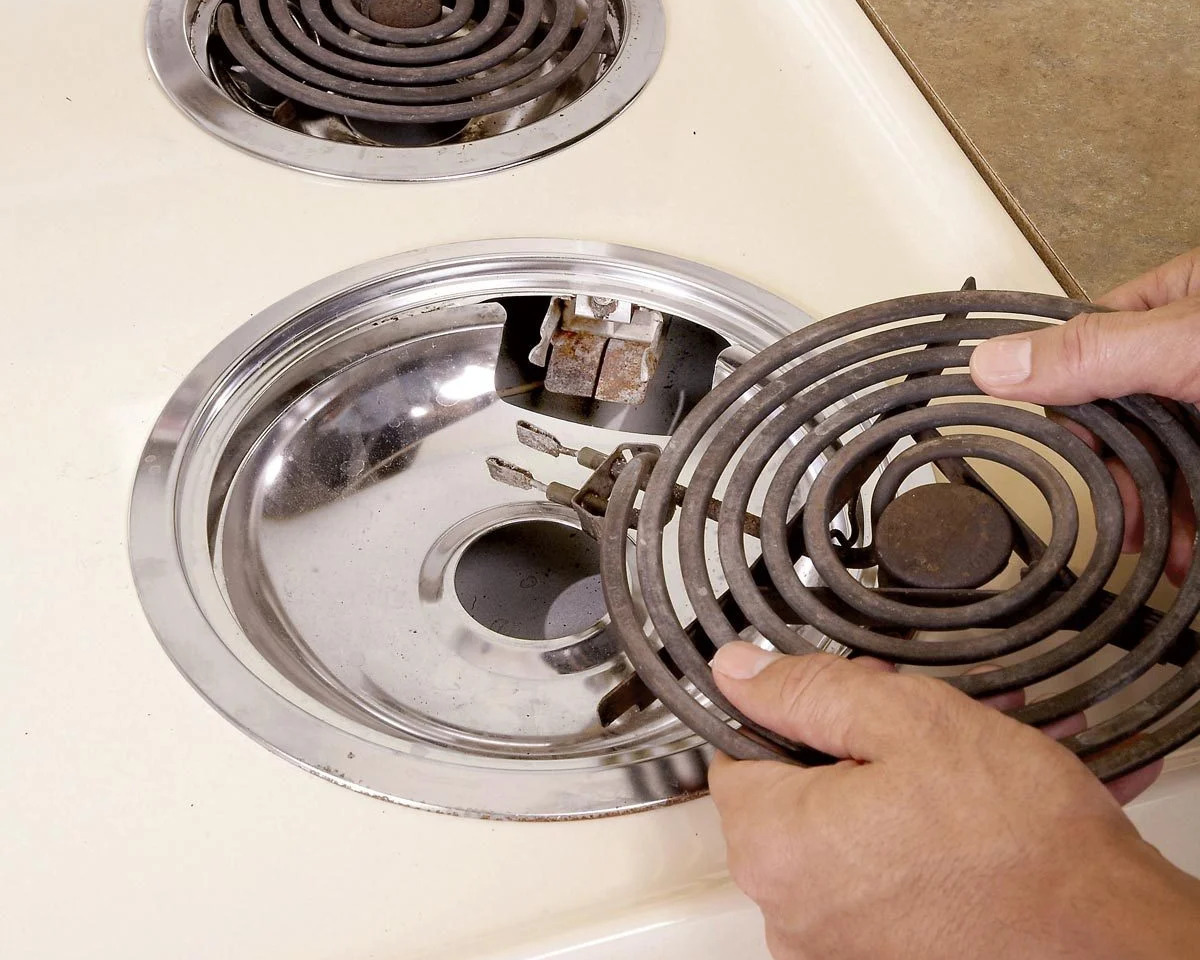
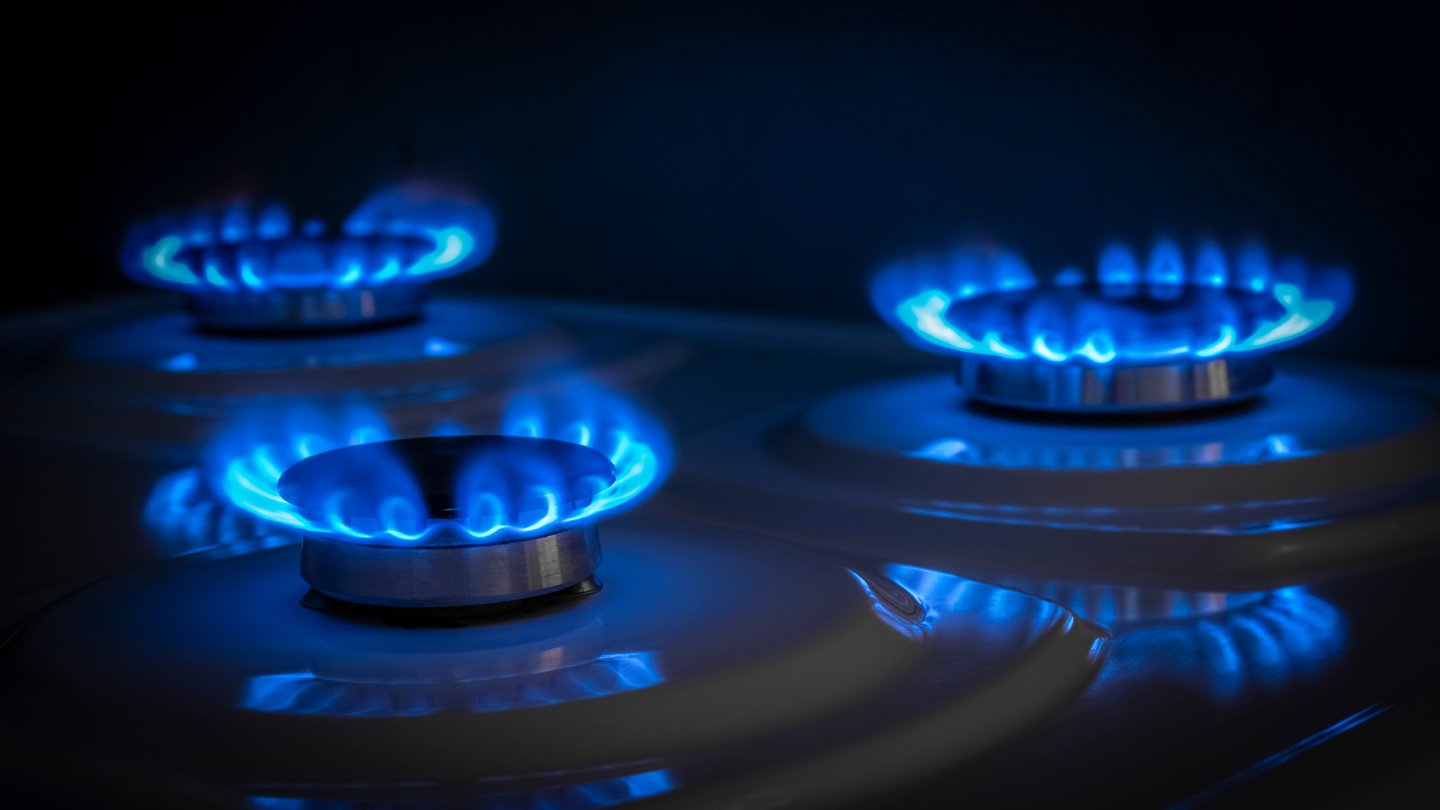
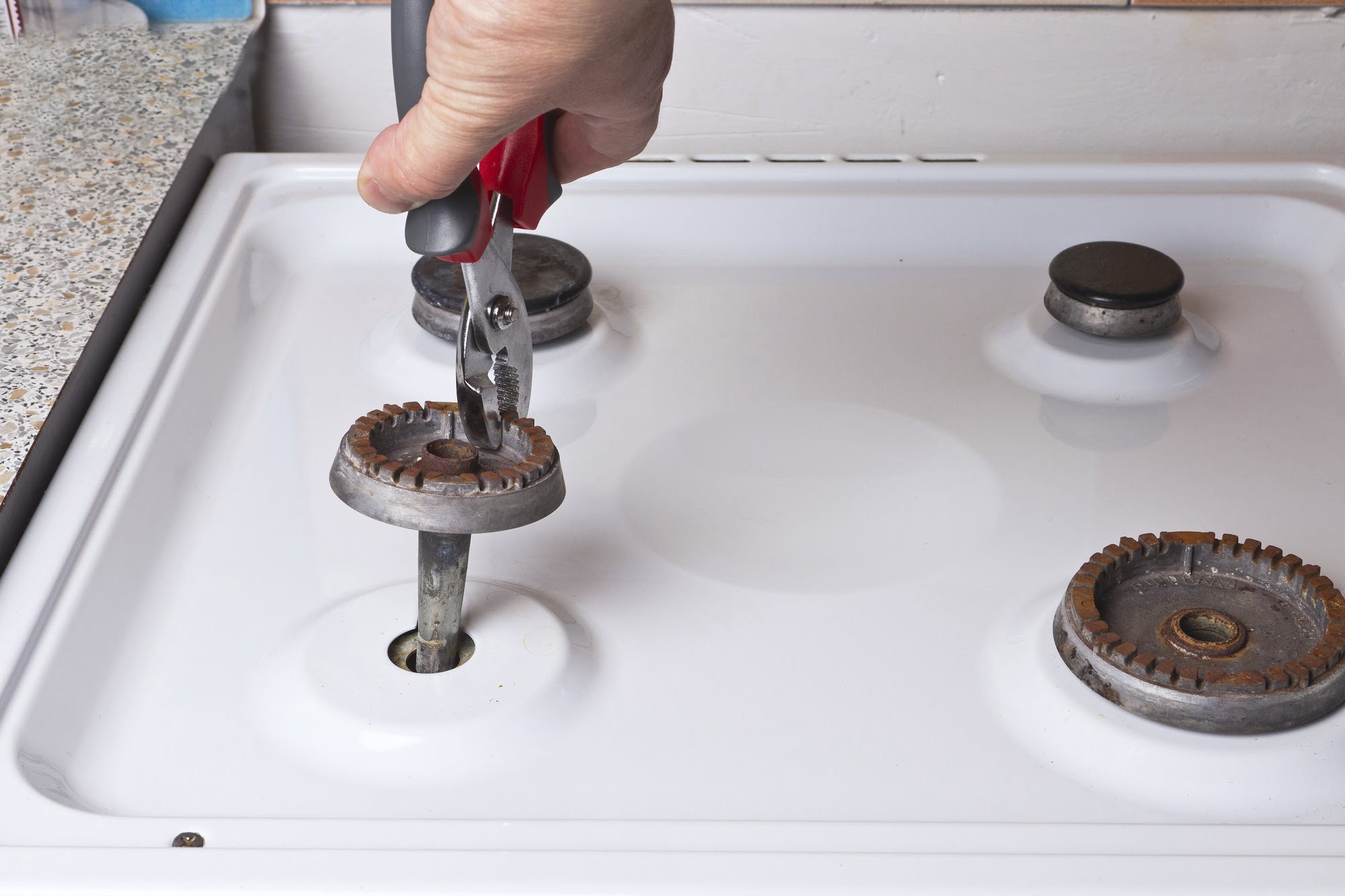
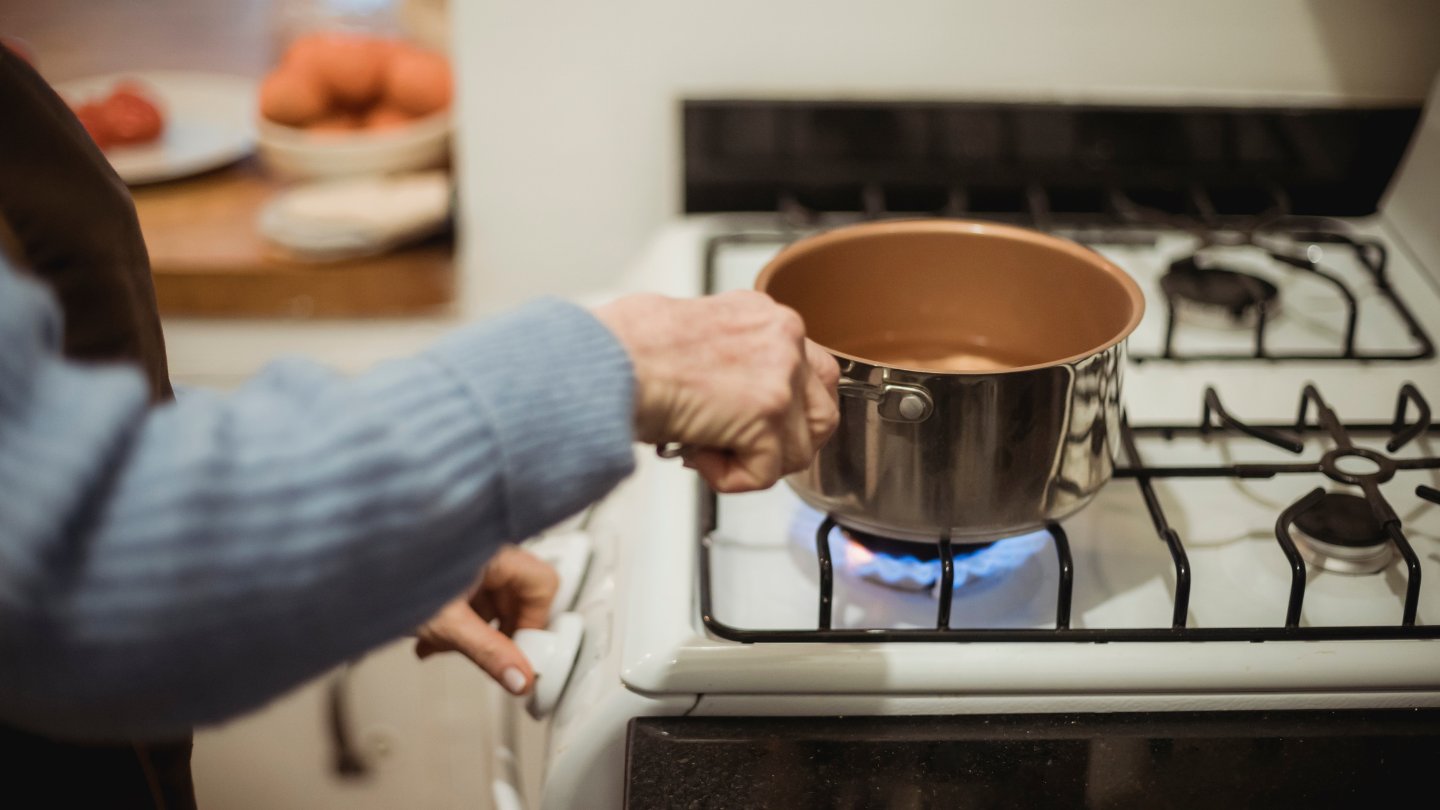
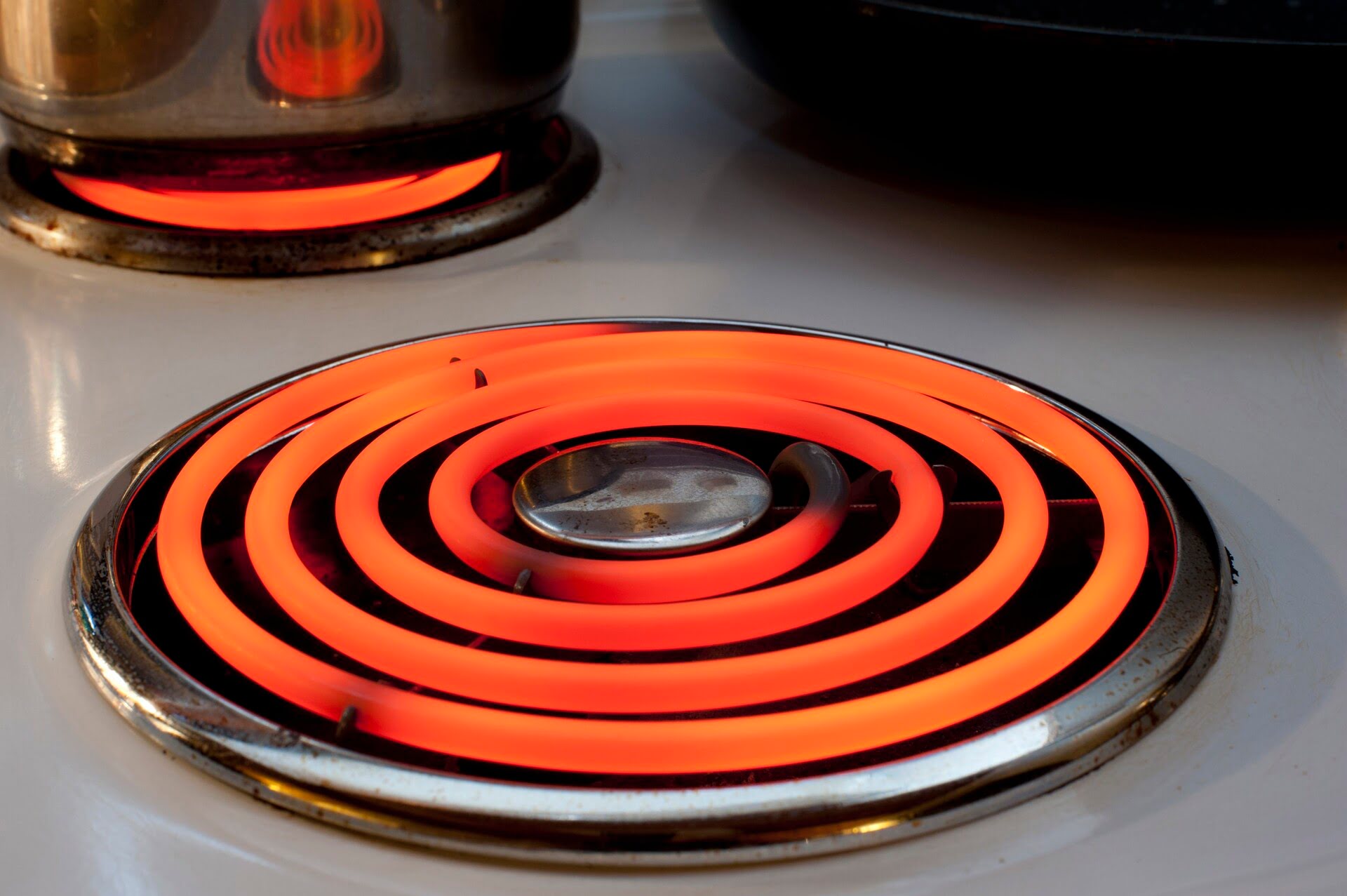
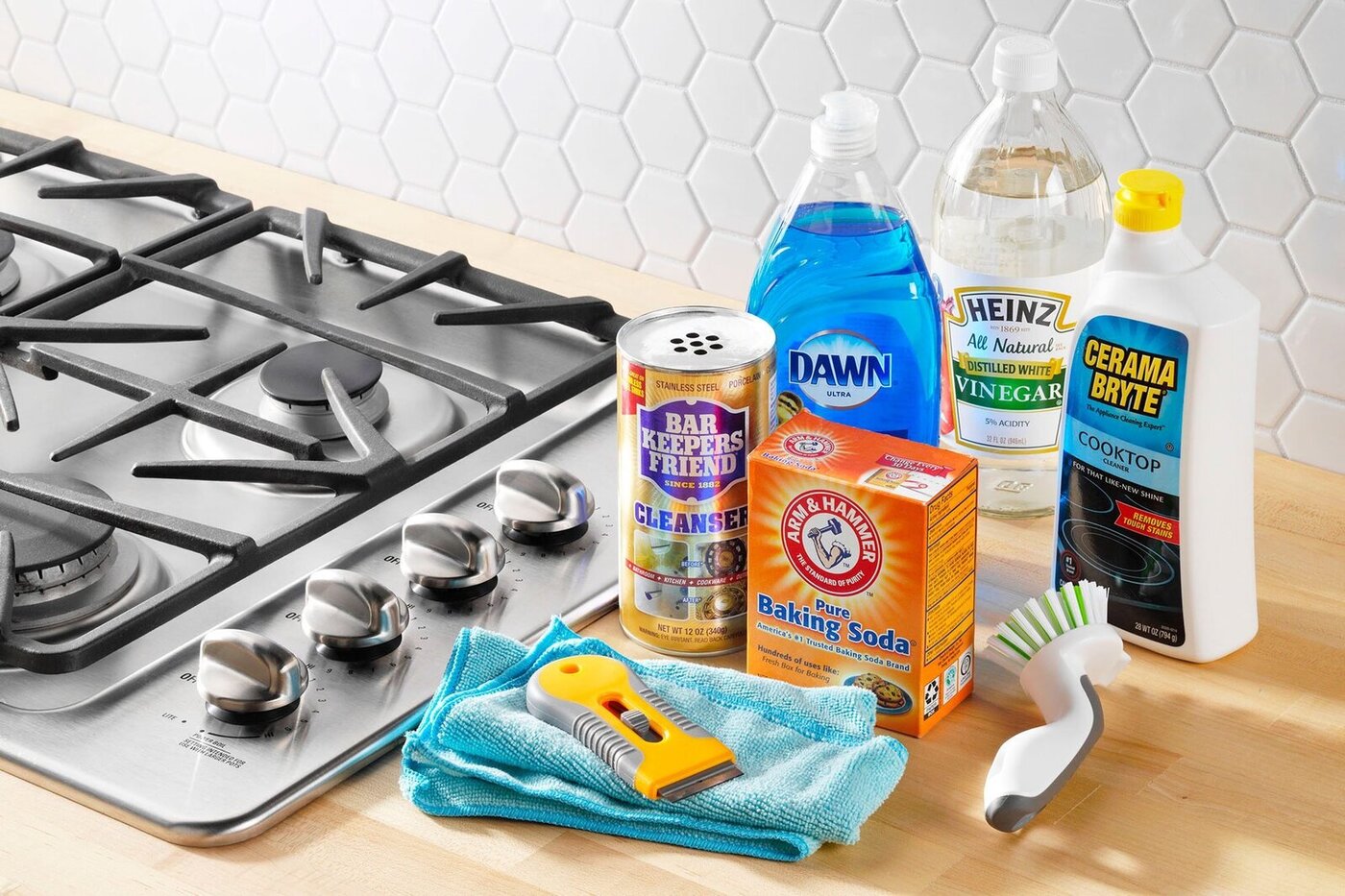
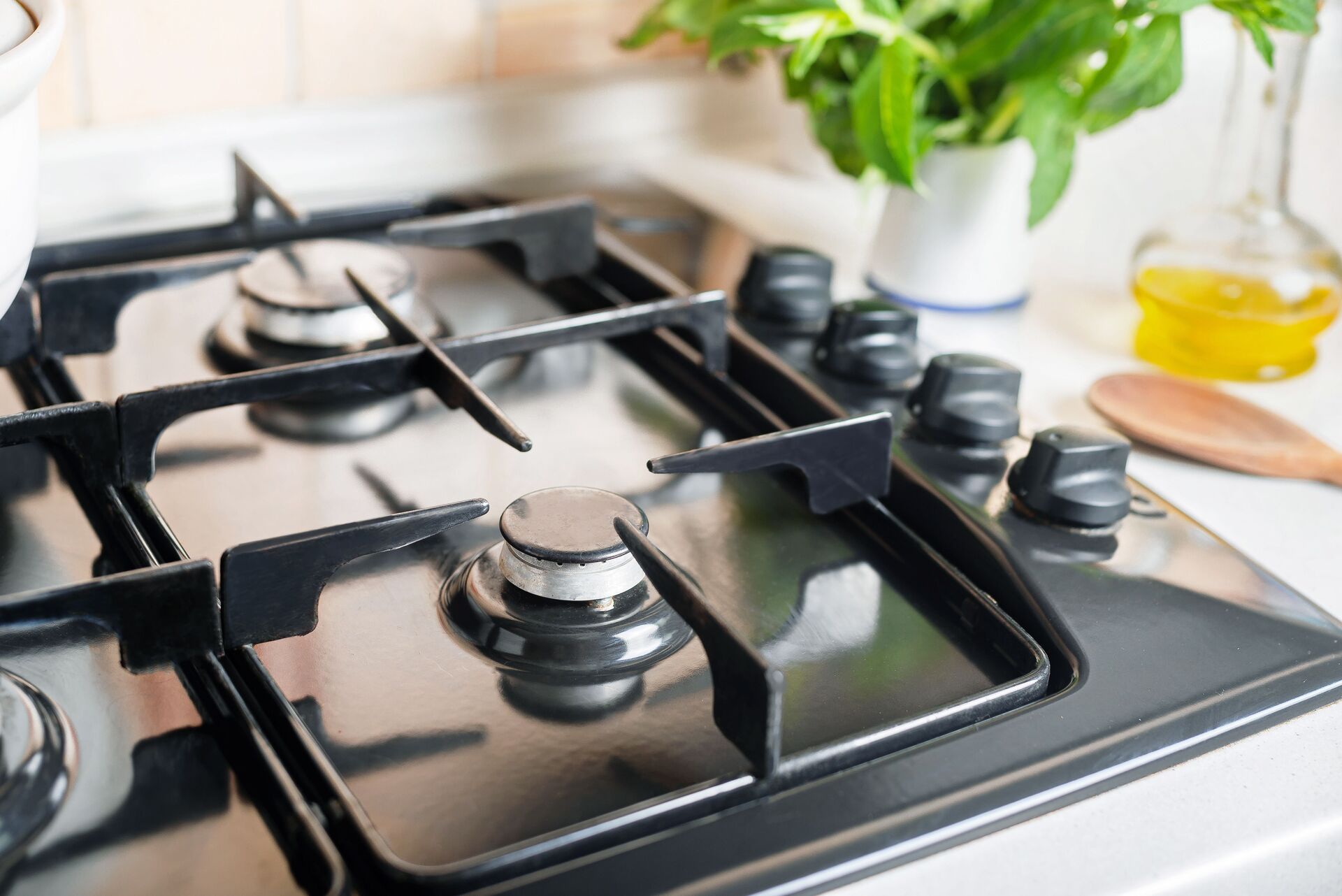
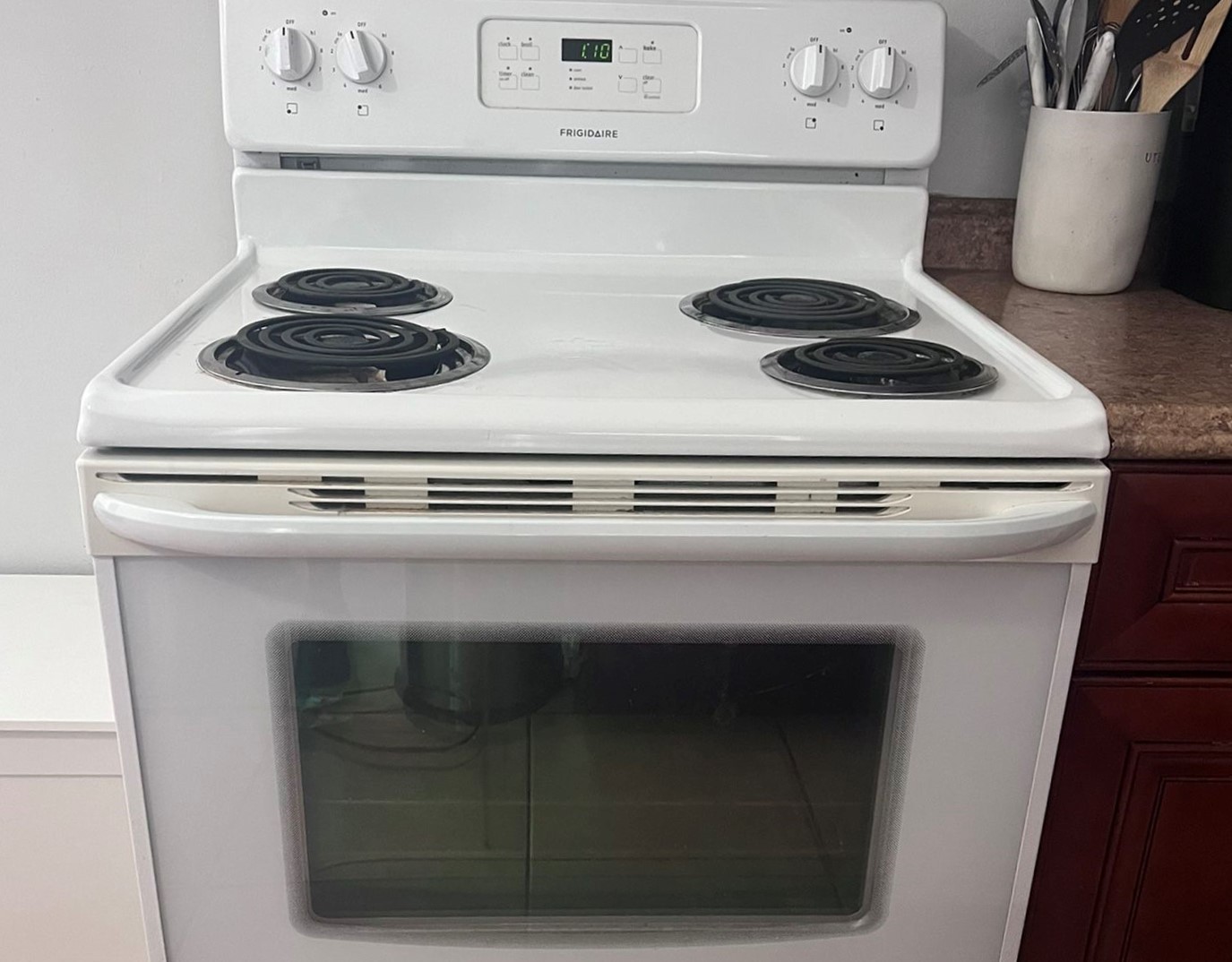

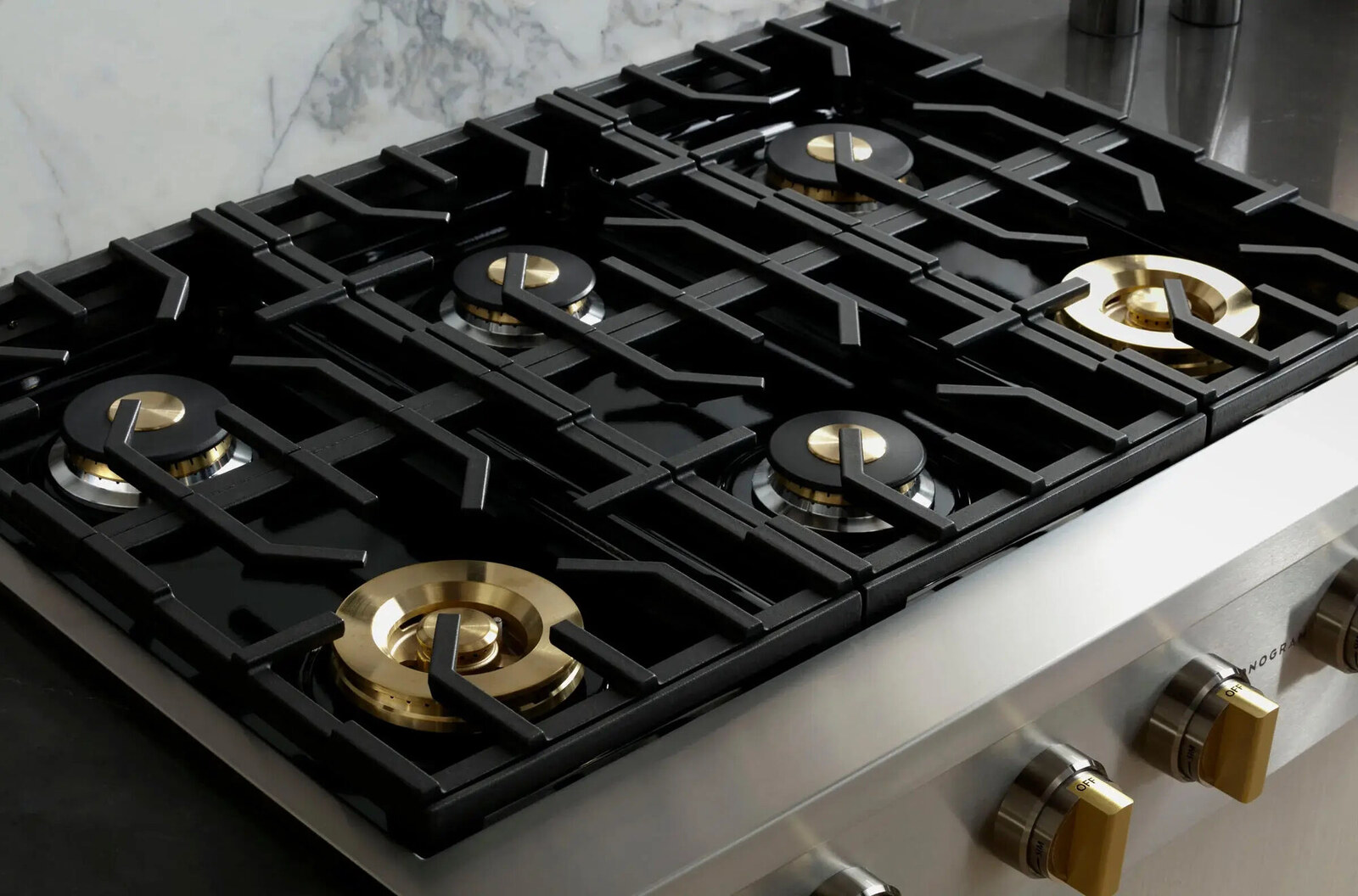
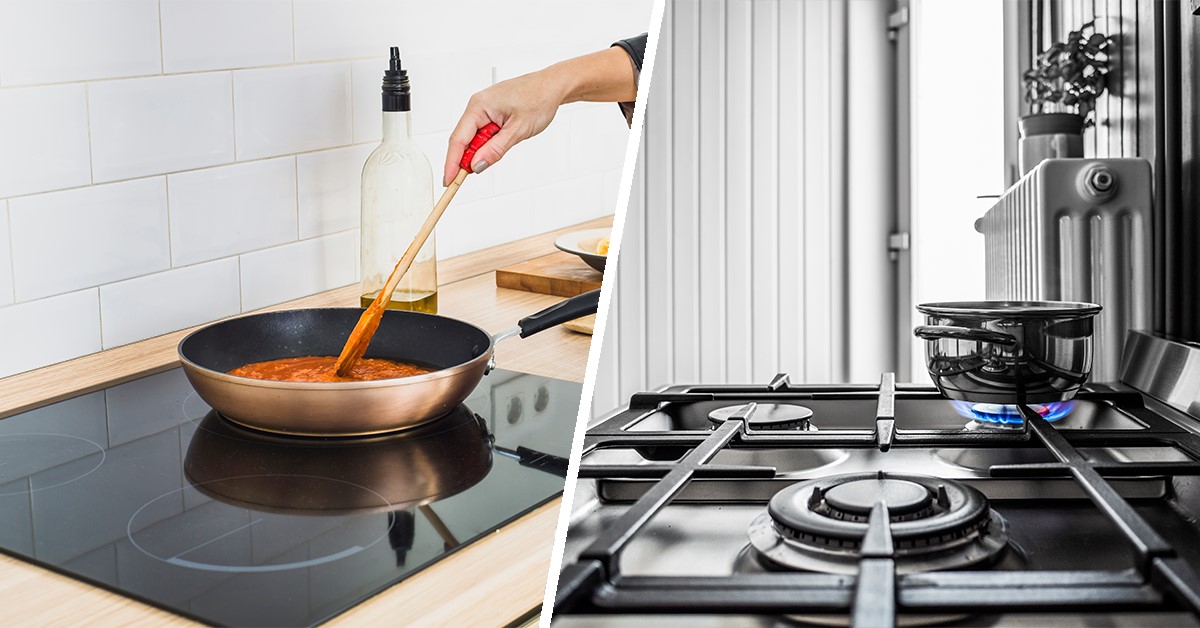
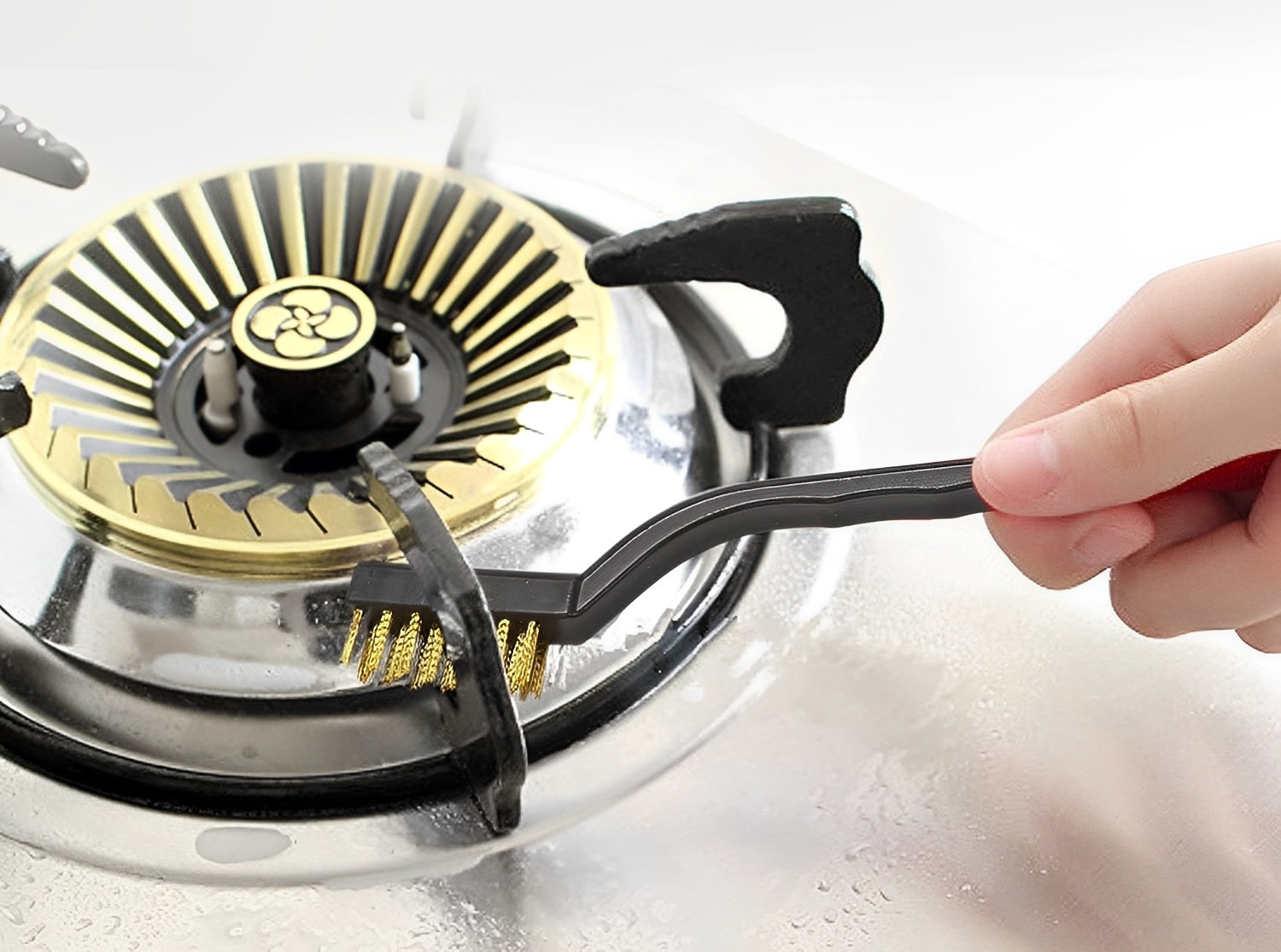
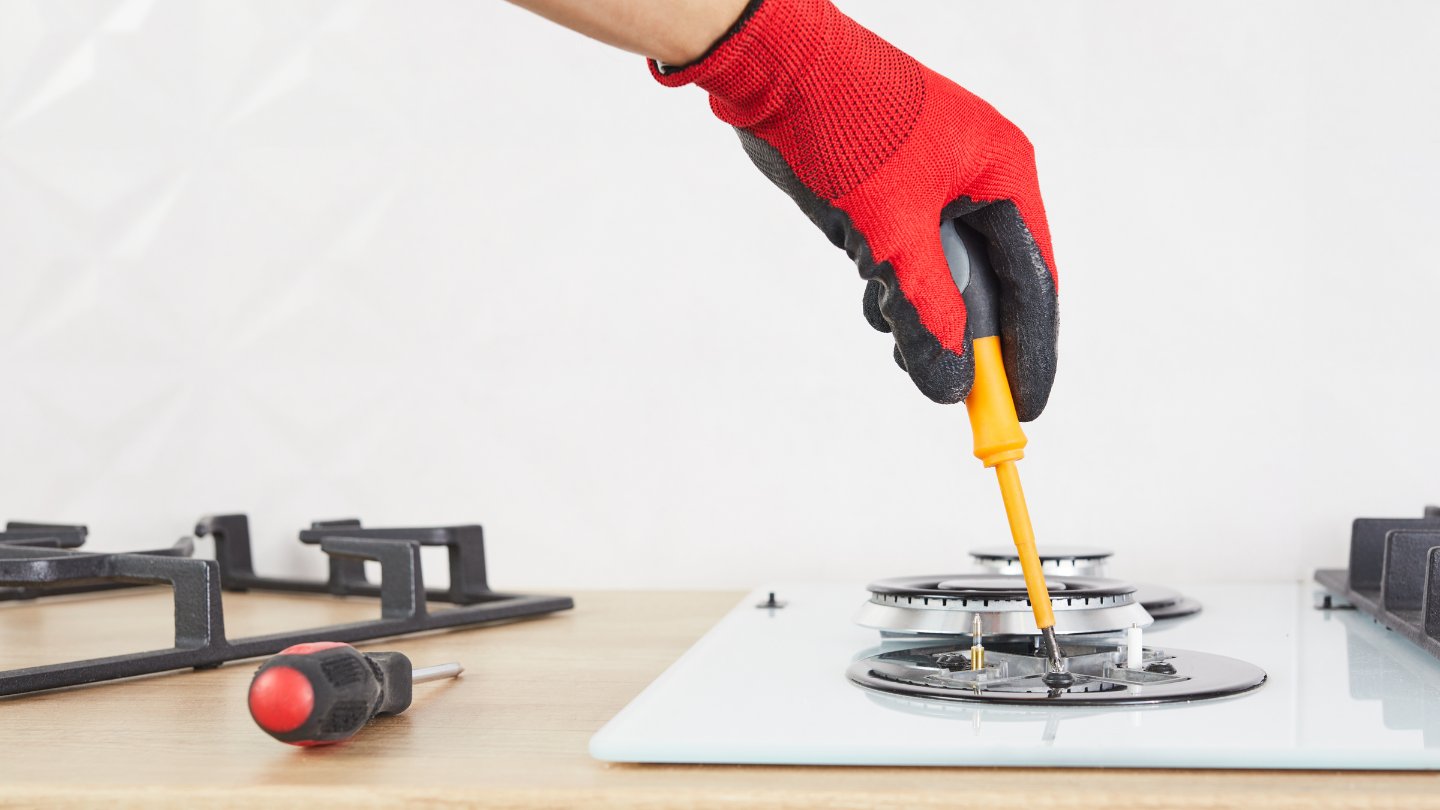
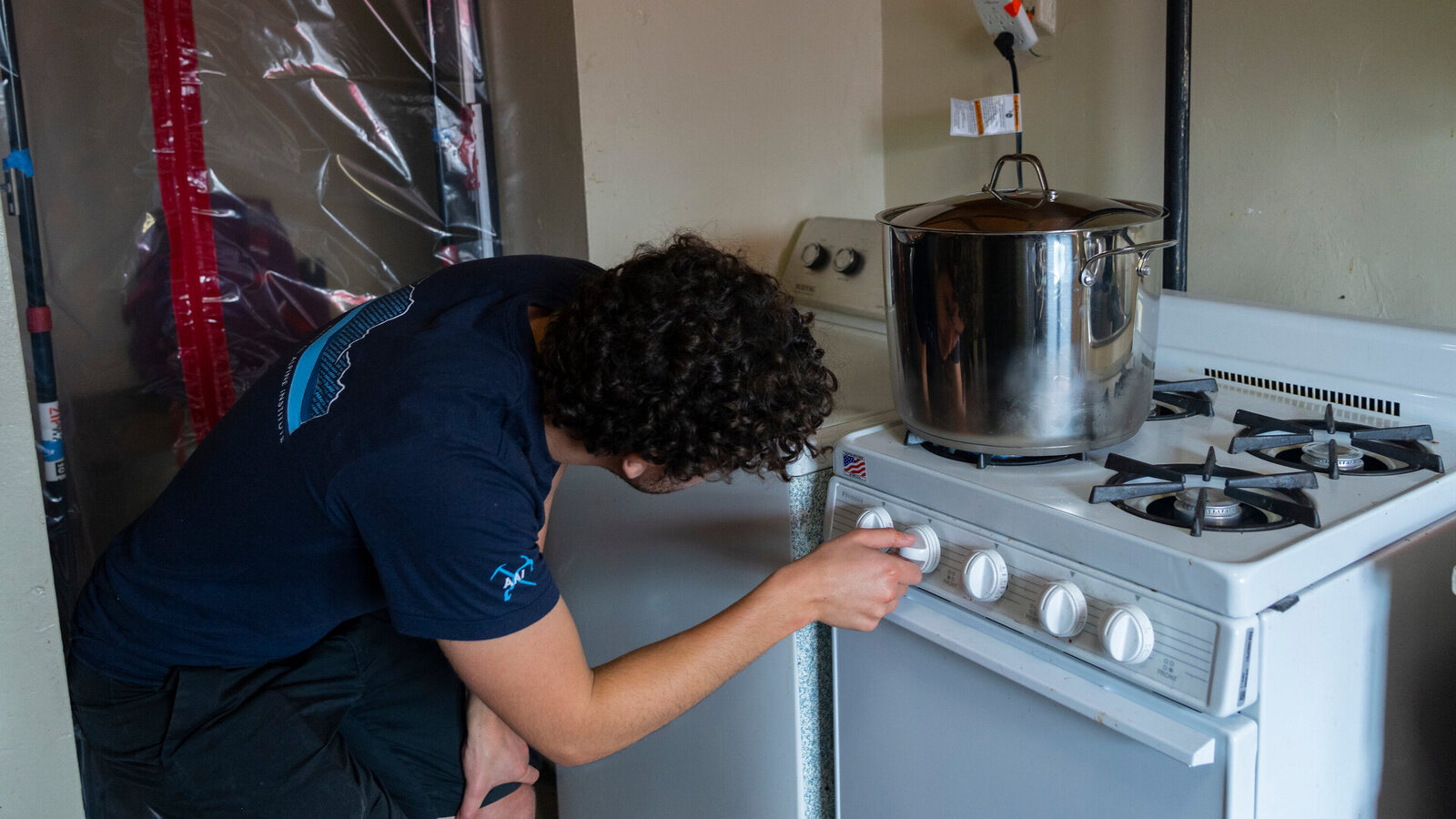

0 thoughts on “How Close Should Lighting Be Above Stove Burners”